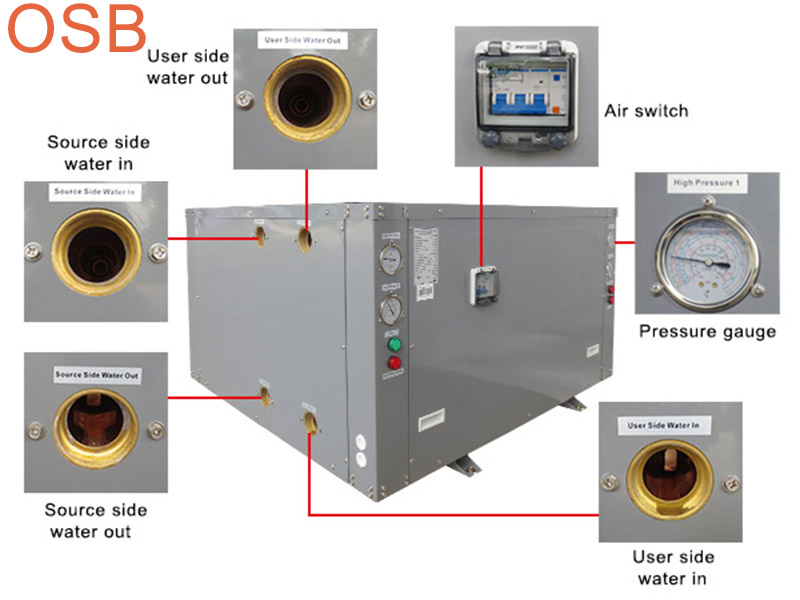
Geothermal technology harnesses the Earth’s heat. Just a few feet below the surface, the Earth maintains a near-constant temperature, in contrast to the summer and winter extremes of the ambient air above ground. Farther below the surface, the temperature increases at an average rate of approximately 1°F for every 70 feet in depth. In some regions, tectonic and volcanic activity can bring higher temperatures and pockets of superheated water and steam much closer to the surface.
Three main types of technologies take advantage of Earth as a heat source:
1.Ground source heat pumps
2.Direct use geothermal
3.Deep and enhanced geothermal systems
Geothermal energy is considered a renewable resource. Ground source heat pumps and direct use geothermal technologies serve heating and cooling applications, while deep and enhanced geothermal technologies generally take advantage of a much deeper, higher temperature geothermal resource to generate electricity.
Ground Source Heat Pumps
A ground source heat pump takes advantage of the naturally occurring difference between the above-ground air temperature and the subsurface soil temperature to move heat in support of end uses such as space heating, space cooling (air conditioning), and even water heating. A ground source or geoexchange system consists of a heat pump connected to a series of buried pipes. One can install the pipes either in horizontal trenches just below the ground surface or in vertical boreholes that go several hundred feet below ground. The heat pump circulates a heat-conveying fluid, sometimes water, through the pipes to move heat from point to point.
If the ground temperature is warmer than the ambient air temperature, the heat pump can move heat from the ground to the building. The heat pump can also operate in reverse, moving heat from the ambient air in a building into the ground, in effect cooling the building. Ground source heat pumps require a small amount of electricity to drive the heating/cooling process. For every unit of electricity used in operating the system, the heat pump can deliver as much as five times the energy from the ground, resulting in a net energy benefit. Geothermal heat pump users should be aware that in the absence of using renewable generated electricity to drive the heating/cooling process (e.g., modes) that geothermal heat pump systems may not be fully fossil-fuel free (e.g., renewable-based).
Remark:
Some of the articles are taken from the Internet. If there is any infringement, please contact us to delete it. If you’re interesting in heat pump products,please feel free to contact OSB heat pump.

